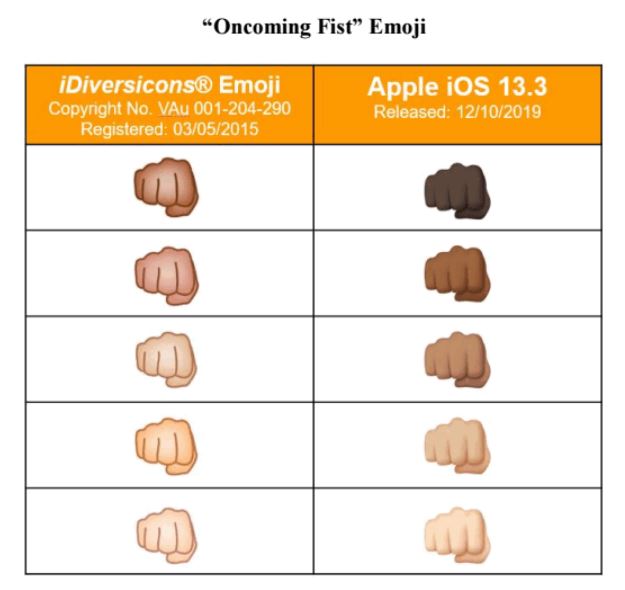Anna Maria Stein su IPKat ci informa che l’Ufficio USA ha emesso guidelines sull’oggetto: Copyright Registration Guidance: Works Containing Material Generated by Artificial Intelligence.
Si legge nelle stesse:
<<As the agency overseeing the copyright registration system, the Office has extensive
experience in evaluating works submitted for registration that contain human
authorship combined with uncopyrightable material, including material generated by
or with the assistance of technology. It begins by asking “whether the ‘work’ is basically
one of human authorship, with the computer [or other device] merely being an assisting
instrument, or whether the traditional elements of authorship in the work (literary,
artistic, or musical expression or elements of selection, arrangement, etc.) were actually
conceived and executed not by man but by a machine.” 23 In the case of works containing
AI-generated material, the Office will consider whether the AI contributions are the result of “mechanical reproduction” or instead of an author’s “own original mental conception,
to which [the author] gave visible form.” 24 The answer will depend on the circumstances,
particularly how the AI tool operates and how it was used to create the final work. This is necessarily a case-by-case inquiry.
If a work’s traditional elements of authorship were produced by a machine, the work lacks
human authorship and the Office will not register it . For example, when an AI technology
receives solely a prompt from a human and produces complex written, visual, or musical
works in response, the “traditional elements of authorship” are determined and executed
by the technology—not the human user. Based on the Office’s understanding of the
generative AI technologies currently available, users do not exercise ultimate creative
control over how such systems interpret prompts and generate material. Instead, these
prompts function more like instructions to a commissioned artist—they identify what the
prompter wishes to have depicted, but the machine determines how those instructions are
implemented in its output. For example, if a user instructs a text-generating technology
to “write a poem about copyright law in the style of William Shakespeare,” she can expect
the system to generate text that is recognizable as a poem, mentions copyright, and
resembles Shakespeare’s style. 29 But the technology will decide the rhyming pattern, the
words in each line, and the structure of the text. 30 When an AI technology determines
the expressive elements of its output, the generated material is not the product of
human authorship.31 As a result, that material is not protected by copyright and must be
disclaimed in a registration application.
In other cases, however, a work containing AI-generated material will also contain
sufficient human authorship to support a copyright claim. For example, a human may
select or arrange AI-generated material in a sufficiently creative way that “the resulting
work as a whole constitutes an original work of authorship.” 33 Or an artist may modify
material originally generated by AI technology to such a degree that the modifications
meet the standard for copyright protection. 34 In these cases, copyright will only protect
the human-authored aspects of the work, which are “independent of ” and do “not affect”
the copyright status of the AI-generated material itself>>.
